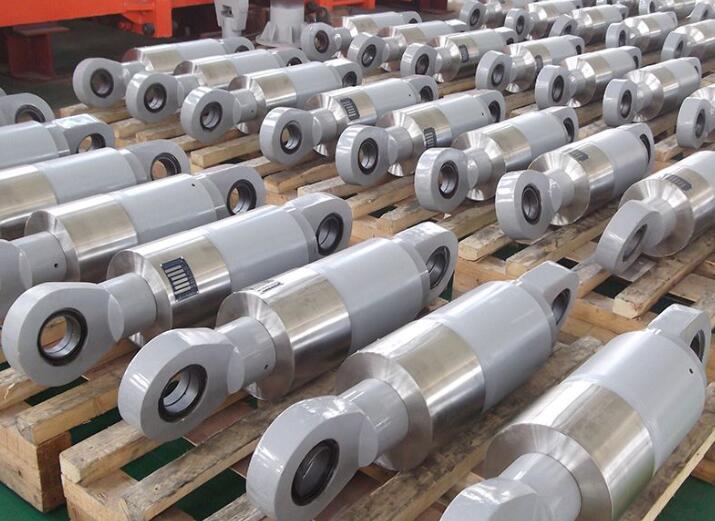Bridges – from long span bridges to cable-stayed bridges to suspension bridges – carry vehicles as well as pedestrians from one point to another. They’re designed not only for aesthetic beauty, but for structural stability as well.
However, similar to high-rise or super tall buildings, bridges can be susceptible to strong winds. In addition, pedestrian and vehicle traffic can result in bridge motion and vibration. As such, bridges often require damping systems to help reduce motion and vibration as part of the final bridge design, as well as during the construction phase.
Understanding how different damping systems work to reduce vibrations and the motion of a bridge can help you select the most effective solution for your bridge project.

Viscous damper
In most bridges, a frequent challenge comes from pedestrian-induced vibration, which results from people walking or jogging across the bridge. Pedestrian-induced vibration is particularly acute from a group of walkers or joggers, as their footfalls can produce vertical and lateral motions that shift the bridge; this is even more noticeable if the footfalls are in unison. Feeling the bridge moving too much can disrupt enjoyment of the structure and in significant cases, can cause people to question the safety of the bridge.
A common solution for excessive bridge deck motion is the design and installation of a tuned mass damper (TMD). On a bridge, this is an auxiliary mass connected to the bridge deck using springs and dashpots. It functions like a shock absorber in a vehicle.
The TMD will bounce when the bridge does, however, it is designed to do so out of phase with the motion of the bridge. Thus, the damper produces forces that oppose the pedestrian-induced motion from those jogging or walking, lessening the motion people may experience when they’re on the bridge.
Wind-induced motion is a significant concern for the cables on suspension bridges as well as cable-stayed bridges. On a windy day, it may be noticeable to see the cables moving or oscillating. While this doesn’t present a safety concern, a damping solution on the cables can help reduce the motion and ensure confidence in the safety of the bridge.
Key solutions on bridges regarding cable damping can include tuned mass dampers, stock bridge dampers, and damping devices added to the base of the cables. These damping solutions can help ensure that the amplitudes of wind-induced motion on the cables do not become problematic.
Tower damping is another consideration for bridges, specifically long-span bridges, as they often have towers from which cables are attached. The concern here is that the towers are often vulnerable to wind-induced motion and can move laterally. As this isn’t safe for the design, a damping system, such as a tuned mass damper or tuned sloshing damper, must be installed. Dampers can help ensure that, should the tower move, the mass from the damper will oscillate out of phase with the tower’s motion and oppose the wind loads applied to the structure.
While damping solutions are typically considered as part of the final bridge design, the most frequent need for a damping solution comes during the construction phase. Bridges can be vulnerable to wind-induced motion during construction, which can put workers at risk or make them feel uncomfortable while they’re working.
Particularly impacted are bridges with arches, which can become susceptible to wind-induced motion during construction when the arch is partially built, but not closed. Here the bridge is flexible, as both ends of the arch can move. If these arches move in the wind, especially on particularly gusty days with high winds, a damping system will often be needed to help reduce the motion and keep the bridge – and those working around it – safe throughout construction.